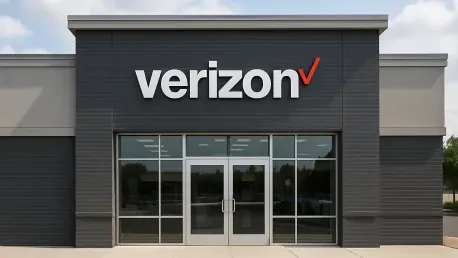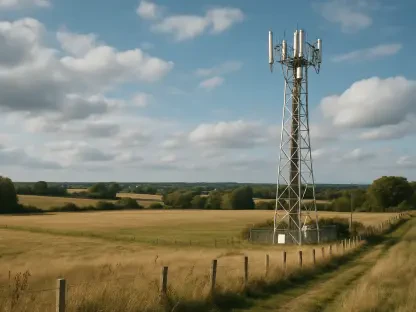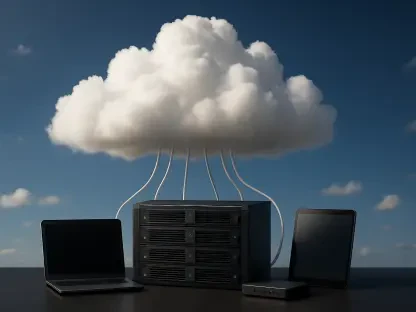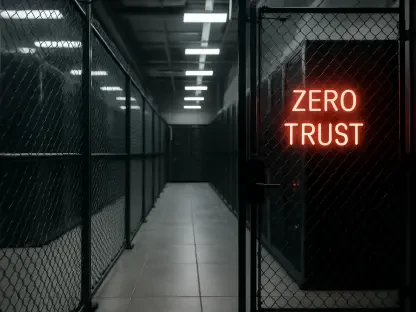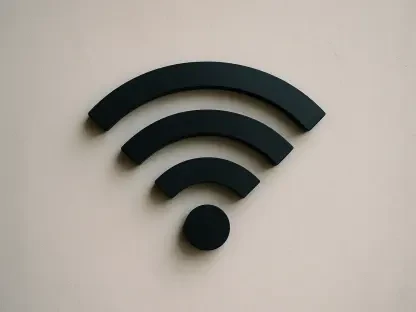Recent reports of widespread Verizon outages have left countless customers across the United States grappling with disrupted wireless service, raising serious concerns about connectivity in an increasingly digital world where reliance on mobile networks is paramount. Over a recent weekend, thousands of users reported issues with their mobile service, with many unable to make calls, send texts, or access data. Social media platforms buzzed with complaints as the problem affected large swaths of the country, particularly along the East Coast, though other regions like parts of California also felt the impact. The wireless provider acknowledged the disruption, attributing it to a software issue, and assured customers that their engineering teams were working diligently to resolve the matter. This incident has sparked discussions about the reliability of major carriers and the importance of robust network infrastructure. As more details emerge, the focus remains on how such outages affect daily life and what steps can be taken to prevent future disruptions of this scale.
1. Extent of the Recent Service Disruption
The scope of the Verizon outage was significant, with reports flooding in from various parts of the United States over a recent weekend. According to data from outage tracking platforms, the East Coast appeared to bear the brunt of the disruption, with users in major cities and rural areas alike experiencing dropped calls and loss of internet access. However, the issue was not confined to one region, as complaints also surfaced from places as far west as California, including areas like Palm Springs. The wireless provider released a statement on social media late on Saturday, confirming that a software glitch was responsible for the widespread service interruptions. While the exact number of affected customers remains unclear, the scale of the reports suggests that tens of thousands, if not more, faced challenges in staying connected. This event has underscored the critical role that cellular networks play in modern communication, especially during emergencies when reliable service is paramount for safety and coordination.
Following the initial wave of complaints, Verizon updated the public on Sunday, noting a substantial decrease in reported issues after intensive efforts by their engineering teams. The company announced on social media that service had been fully restored for affected customers, emphasizing their commitment to monitoring the situation to prevent further disruptions. Despite the resolution, the outage left a lingering impact on users who depended on their mobile devices for work, personal communication, and access to essential services. Many expressed frustration over the lack of a clear timeline for restoration during the peak of the issue, highlighting a gap in communication that carriers may need to address in future incidents. The event also prompted discussions about the vulnerabilities in network infrastructure, especially as reliance on wireless technology continues to grow. As more people turn to mobile devices for everything from banking to navigation, ensuring consistent service becomes a pressing concern for providers and regulators alike.
2. Technical Challenges and User Impact
At the heart of the Verizon outage was a software-related issue, as confirmed by the company in an official statement on their website. Their engineers were quick to engage in troubleshooting, working around the clock to identify and resolve the glitch that disrupted service for a significant portion of their customer base. While the technical details of the software problem were not disclosed, the incident serves as a reminder of how complex and interconnected modern telecommunications systems are. A single flaw in software can cascade into widespread service failures, affecting millions of users in an instant. This outage has brought attention to the need for rigorous testing and redundancy measures within network systems to mitigate the risk of such disruptions. As technology evolves, carriers face increasing pressure to maintain seamless service, especially in a landscape where downtime can lead to significant economic and social consequences.
For many Verizon customers, the outage translated into more than just inconvenience; it disrupted daily routines and critical tasks. Users reported seeing messages like “SOS” or “SOS only” on their iPhone screens, indicating a loss of connection to the cellular network. While emergency calls remained possible in such scenarios, the inability to use regular communication channels left many feeling isolated. Apple Support suggests steps like toggling airplane mode or restarting the device to reconnect, but for some, the issue persisted due to the carrier-side problem. This situation highlighted the dependency on mobile networks for everything from remote work to staying in touch with loved ones. Businesses, in particular, faced challenges as employees struggled to access necessary tools and clients encountered delays in communication. The broader impact of such outages raises questions about how carriers can better prepare for and respond to technical failures, ensuring minimal disruption to the lives of their subscribers.
3. Moving Forward After the Outage
Reflecting on the Verizon outage, it became evident that swift action by technical teams was crucial in restoring service after the weekend disruption. The company’s engineers worked tirelessly to address the software issue, and by Sunday, they reported that full functionality had returned for affected users. Their commitment to ongoing monitoring was a reassuring step, aimed at preventing similar incidents from recurring. This response demonstrated the importance of rapid problem-solving in the telecommunications industry, where downtime can erode customer trust. The incident also served as a learning opportunity for the provider to refine their systems and communication protocols, ensuring that future disruptions, if they occur, will be handled with greater transparency and efficiency.
Looking ahead, the focus shifted to actionable strategies for both carriers and customers to mitigate the impact of such outages. For providers like Verizon, investing in robust infrastructure and advanced monitoring tools could help detect and resolve issues before they escalate. On the user side, having backup plans, such as alternative communication methods or devices, might prove beneficial during unexpected disruptions. Additionally, regulatory bodies could play a role by setting stricter standards for network reliability and outage response times. This incident underscored the need for a collaborative approach to strengthen the telecommunications ecosystem, ensuring that connectivity remains a reliable cornerstone of daily life. As technology continues to advance, maintaining trust in these systems will require ongoing innovation and vigilance from all stakeholders involved.
